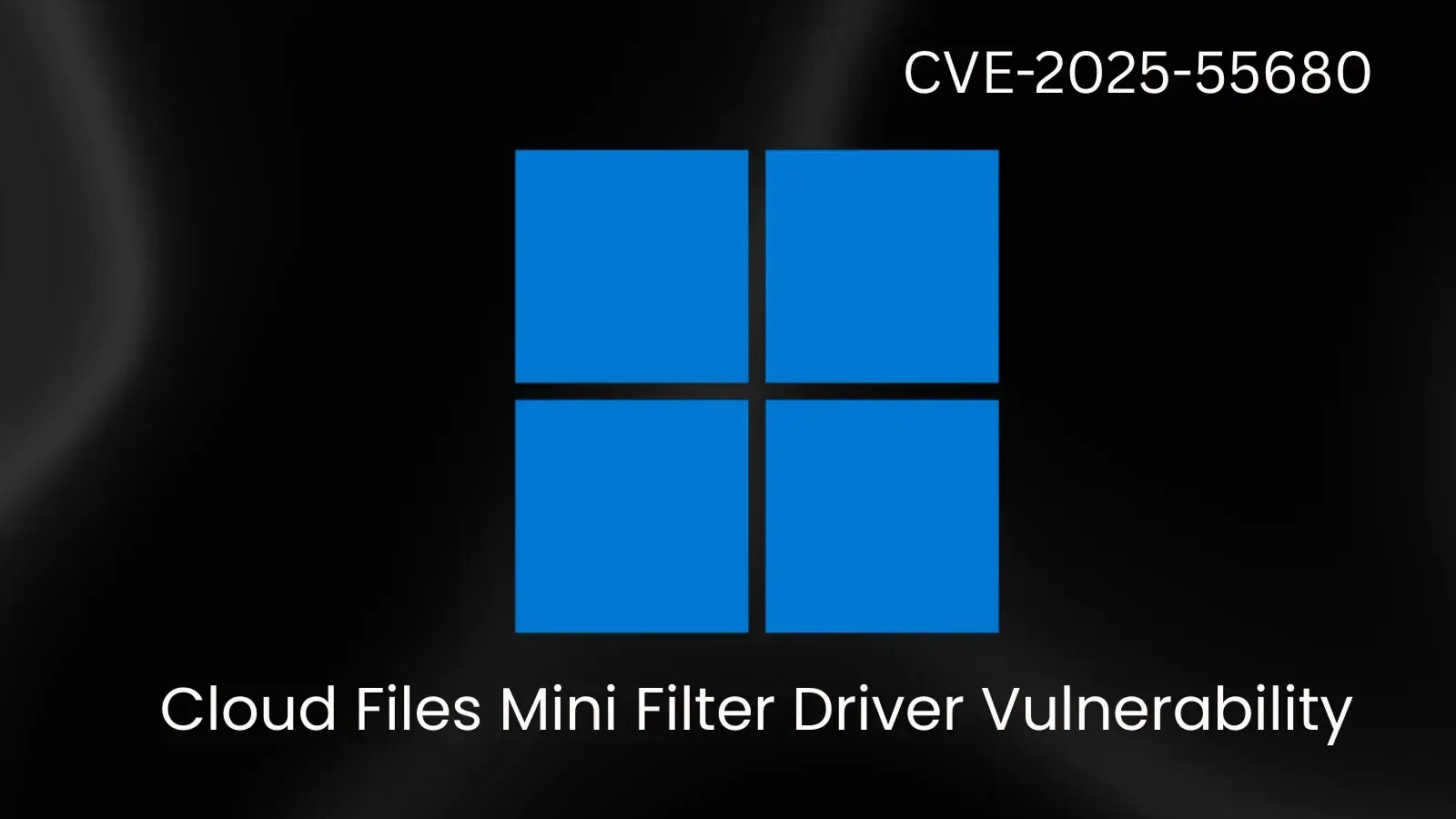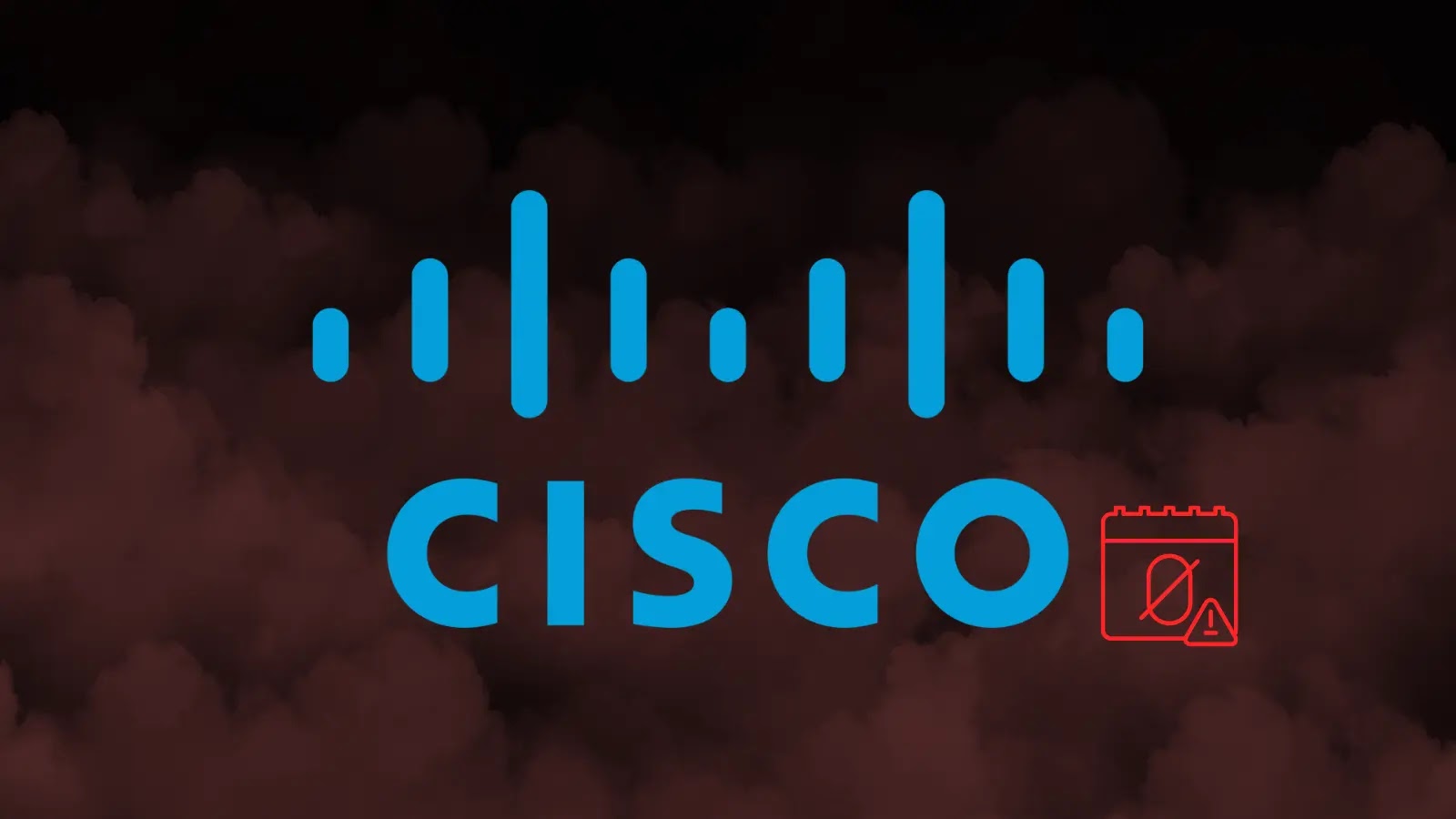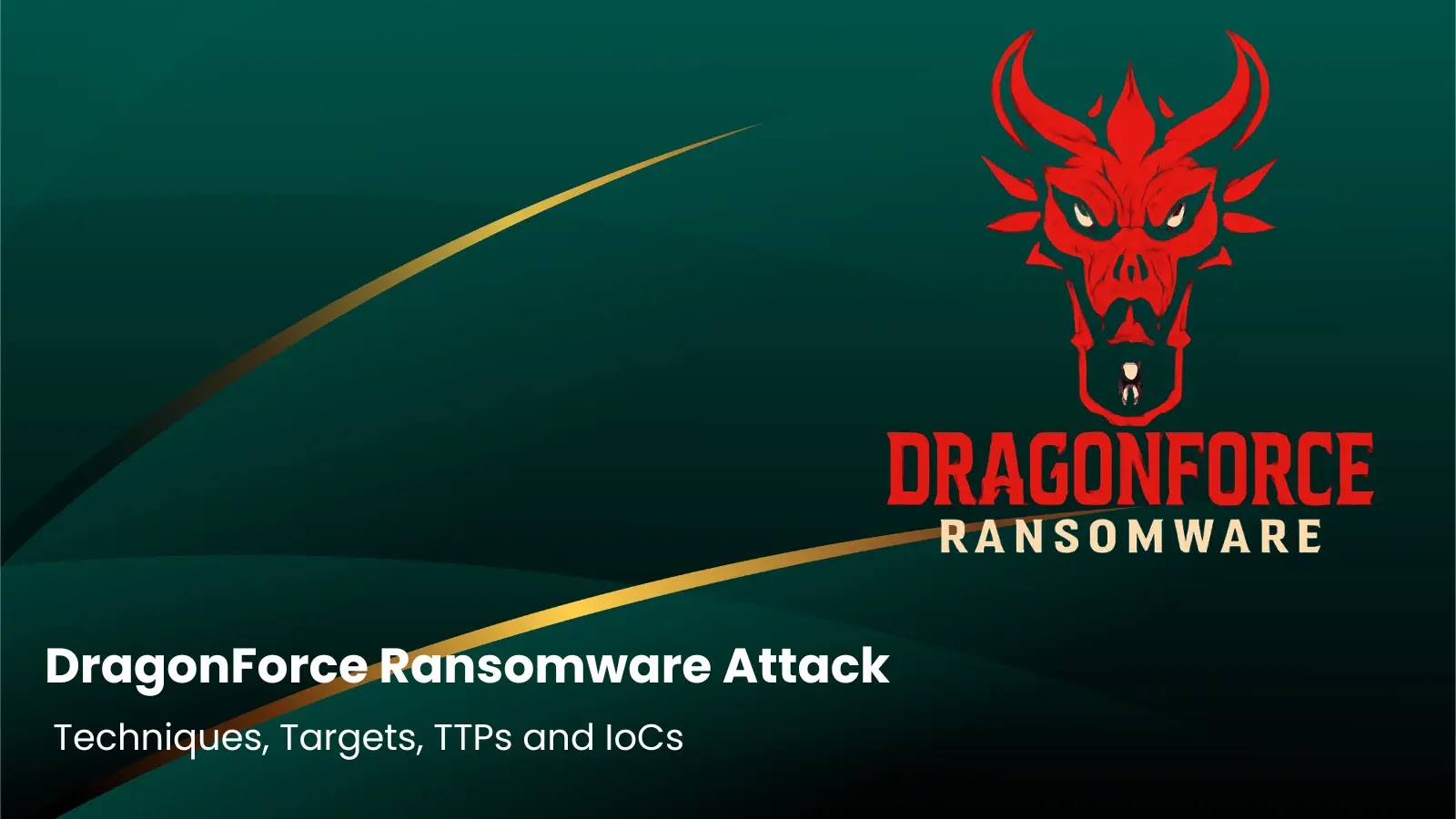Critical Windows Cloud Files Driver Vulnerability Enables Privilege Escalation
A significant security flaw, identified as CVE-2025-55680, has been discovered in the Windows Cloud Files Mini Filter Driver (cldsync.sys). This vulnerability allows local attackers to bypass file write protections and inject malicious code into system processes, potentially leading to full system compromise.
Understanding the Vulnerability
The Windows Cloud Files Mini Filter Driver is integral to managing cloud-based file synchronization, enabling seamless integration between local systems and cloud storage services. The vulnerability resides in the driver’s handling of file path validation during the creation of placeholder files. Specifically, the flaw is located within the call chain: HsmFltProcessHSMControl → HsmFltProcessCreatePlaceholders → HsmpOpCreatePlaceholders.
In 2020, Microsoft addressed a similar file write vulnerability reported by Project Zero. However, the current implementation contains a critical logical flaw. While Microsoft added code to prevent backslash ($$) and colon (:) characters in file paths to block symbolic link attacks, the validation check can be bypassed through a Time-of-Check Time-of-Use (TOCTOU) race condition.
Exploitation Mechanism
Exploiting this vulnerability involves a series of coordinated steps:
1. Service Initiation and Sync Root Creation: The attacker initiates the Remote Access Service (rasman) and establishes a cloud file sync root using the Cloud Files API.
2. Driver Communication: The attacker connects to the Cloud Files Filter driver via DeviceIoControl calls and sets up a communication port with the filter manager.
3. Race Condition Exploitation: The attacker creates a thread that continuously modifies a path string in kernel memory, altering it from an innocent filename to a symbolic link pointing to system directories like C:\Windows\System32. Simultaneously, another thread performs file-creation operations. By exploiting the race condition window between the security check and file creation, the attacker can manipulate the process to create files with elevated kernel-mode access privileges, effectively bypassing standard access controls.
This method allows attackers to write malicious Dynamic Link Libraries (DLLs), such as rasmxs.dll, into protected system directories. By leveraging Remote Procedure Call (RPC) calls, they can force privileged services to load the compromised library, resulting in complete system compromise.
Implications and Risks
The CVE-2025-55680 vulnerability poses a severe privilege escalation risk for Windows systems. While the attack requires local system access, it provides a straightforward and reliable method for any authenticated user to gain SYSTEM-level privileges. This level of access allows attackers to:
– Maintain Persistence: Embed malicious code within legitimate system processes, making detection and removal challenging.
– Execute Arbitrary Code: Run unauthorized programs or commands with elevated privileges.
– Access Sensitive Data: Retrieve confidential information stored on the system.
– Disable Security Mechanisms: Turn off antivirus programs, firewalls, and other protective measures.
Mitigation Strategies
To protect systems from potential exploitation of this vulnerability, organizations should implement the following measures:
1. Immediate Patching: Apply the latest security updates provided by Microsoft to address CVE-2025-55680.
2. Access Control: Restrict local access to systems, ensuring that only authorized personnel can interact with critical components.
3. Monitoring and Detection: Implement robust monitoring tools to detect unusual activities, such as unexpected file creations or modifications in system directories.
4. User Education: Train users to recognize and report suspicious activities, reducing the risk of insider threats.
5. Regular Audits: Conduct periodic security audits to identify and remediate potential vulnerabilities proactively.
Conclusion
The discovery of CVE-2025-55680 underscores the importance of vigilant security practices and prompt patch management. Organizations must prioritize addressing this vulnerability to prevent potential exploitation that could lead to full system compromise. By implementing comprehensive security measures and staying informed about emerging threats, organizations can safeguard their systems against such vulnerabilities.



